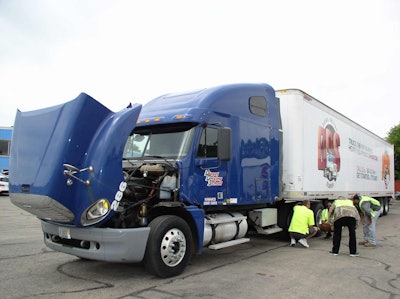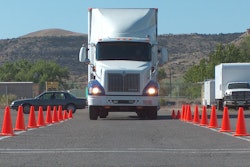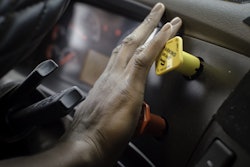
PTDI’s letter also urges the agency to reconsider the decision to exclude a set minimum behind-the-wheel time from its final rule on training requirements published in early December. As most of you will know, the agency entered into a negotiated rulemaking process to develop the rule, which brought together various industry stakeholders forming an Entry-Level Driving Training Advisory Committee (ELDTAC). The consensus reached by ELDTAC, on which PTDI was a participant, as the institute notes, included the requirement that applicants for a commercial driver’s license (CDL) receive a minimum 30 hours of behind-the-wheel (BTW) instruction for Class A CDL applicants, along with minimum competency requirements.
The final rule, however, excluded a BTW minimum requirement, despite the consensus reached (with just a couple of dissenters). PTDI stakeholders, the institute says, feel much the same as a lot of truckers: “very disappointing,” essentially, they said.
Opposition to a BTW minimum came from the American Trucking Associations, according to the final rule, likewise a range of other businesses and organizations (many of them ATA members) that argued setting a minimum at 30 hours was arbitrary.
ATA was a member of the committee that negotiated the rulemaking to begin with, and in comments on the final rule favored a performance-based approach — if the trainer is willing to sign off on a pre-CDL driver’s abilities to perform the necessary maneuvers safely in any amount of BTW training sessions, he or she should be allowed to advance to the skills test to get his/her CDL, such reasoning goes.
Further, as FMCSA specified in the finale rule’s discussion of comments against the BTW minimum, ATA “viewed the proposed BTW hours requirement as … not supported by any research indicating ‘a relationship between the number of hours spent in training and a reduction in crashes.’ Noting that ‘what little data is available does not support a minimum hours-based approach,’ ATA cited the American Transportation Research Institute’s (ATRI) 2008 analysis of the effect of CDL driver training on safety performance.”
While the rule does require BTW curricula to be demonstrated while any trainee “has actual control of the power unit during a driving lesson on a … public road,” the rule notes, thus requiring at least some road training, FMCSA justified its decision to remove the 30-hour BTW requirement from the pre-CDL training negotiated rulemaking in part following ATA’s logic. As excerpted from the Final Rule’s text:










